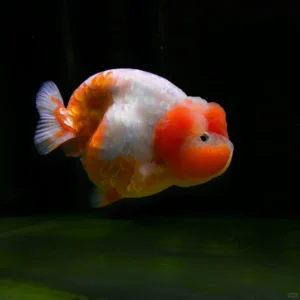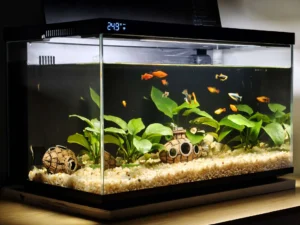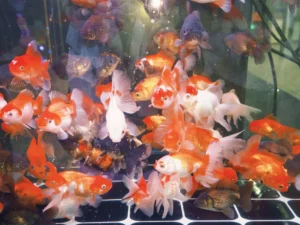Many goldfish owners have seen their fish suddenly float upside down or struggle to swim. This common problem is often caused by swim bladder disorder, an issue that affects a goldfish’s buoyancy. With prompt care, recovery is very possible.
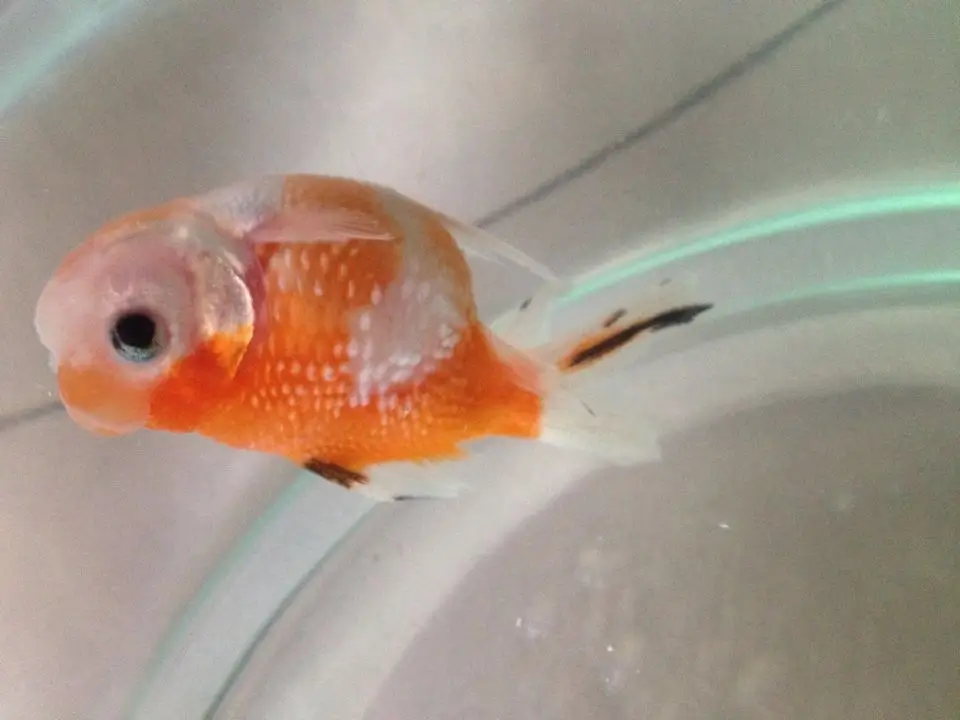
What Is Swim Bladder Disorder?
The swim bladder is an internal organ that helps goldfish control their balance in water. When it malfunctions, the fish may float, sink, or tilt sideways. Short-bodied, round goldfish like Ranchu, Lionhead, and Oranda are especially prone to this condition.
Common Causes
Sudden Water Temperature Changes
Rapid temperature shifts—such as adding untreated tap water or a sudden drop in room temperature—stress goldfish and can trigger swim bladder problems. Keep temperature fluctuations under 3°C.
Overfeeding
Goldfish will eat almost continuously. Overfeeding can:
Cause digestive inflammation, spreading to the swim bladder.
Physically compress the swim bladder, affecting its function.
Poor Water Quality
Accumulation of ammonia, nitrites, or other toxins can damage organs, including the swim bladder. Regular water changes are essential.
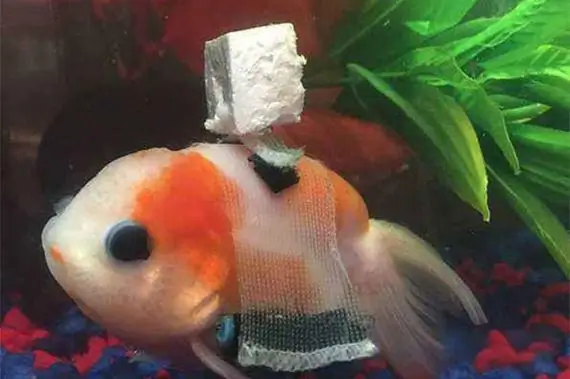
How to Treat Swim Bladder Disorder
- Isolation – Protect affected fish from currents and other fish.
- Shallow Water – Keep water just above the fish’s back for easier swimming.
- Round Tank or Bowl – Circular swimming reduces stress and aids recovery.
- Oxygenation – Maintain good dissolved oxygen levels.
- Stable Temperature – Keep water at 26–28°C to help recovery.
- Fasting – Do not feed the fish for at least 3 days.
- Gentle Cleaning & Water Change – Remove debris and replace small amounts of water with fresh, temperature-matched water daily.
- Let Nature Take Its Course – Recovery depends on the fish’s health and resilience.
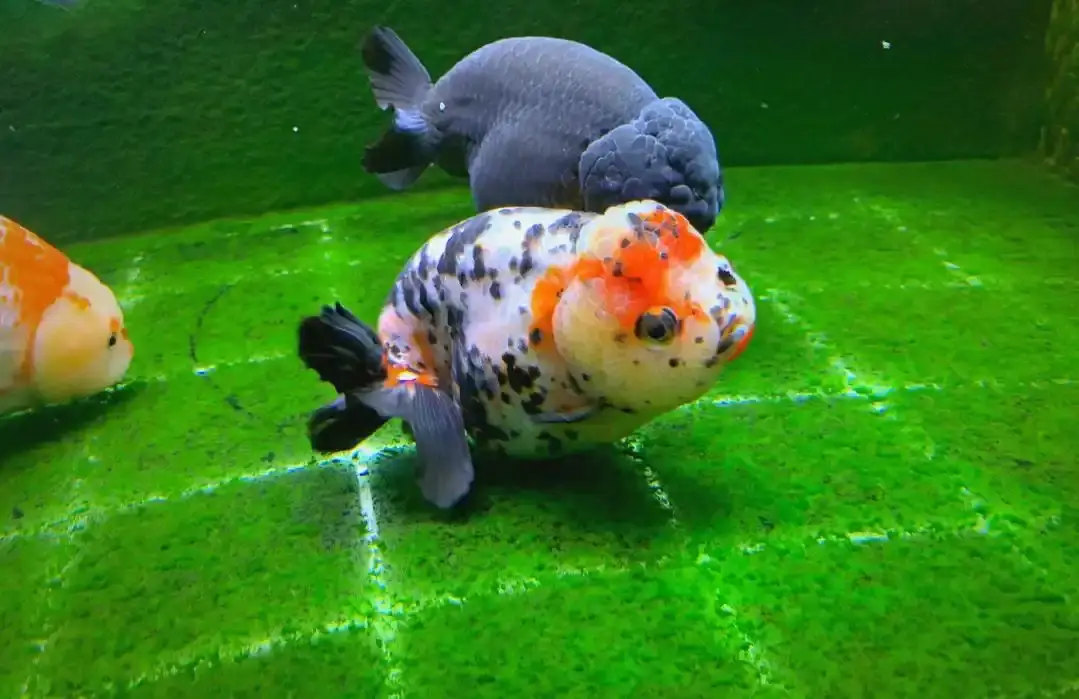
Final Tips
Early detection is key. While swim bladder disorder is usually not life-threatening, delayed treatment can lead to complications. By controlling feeding, water quality, and temperature, you can prevent and manage this common goldfish problem effectively.

